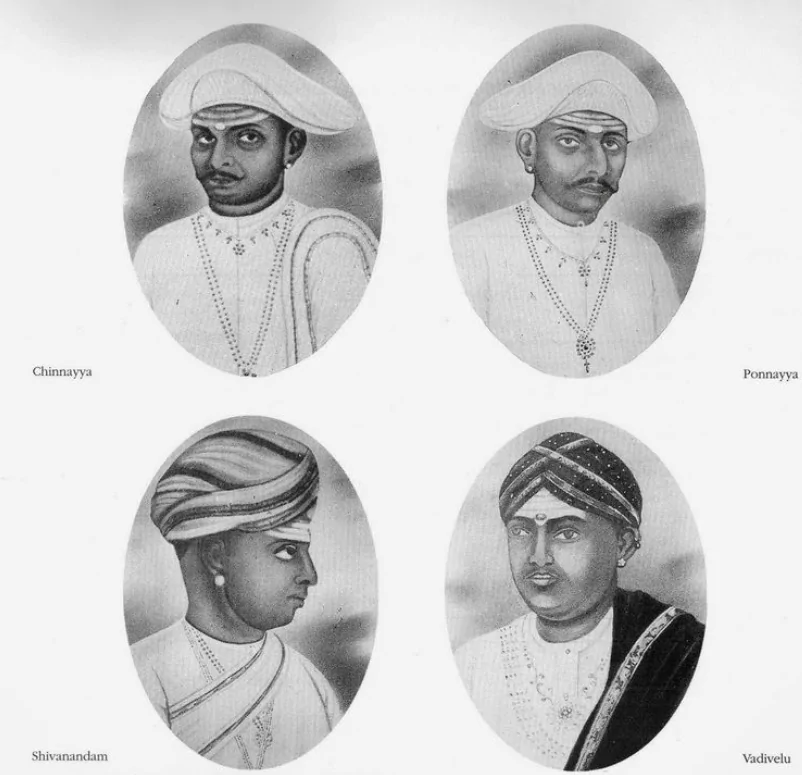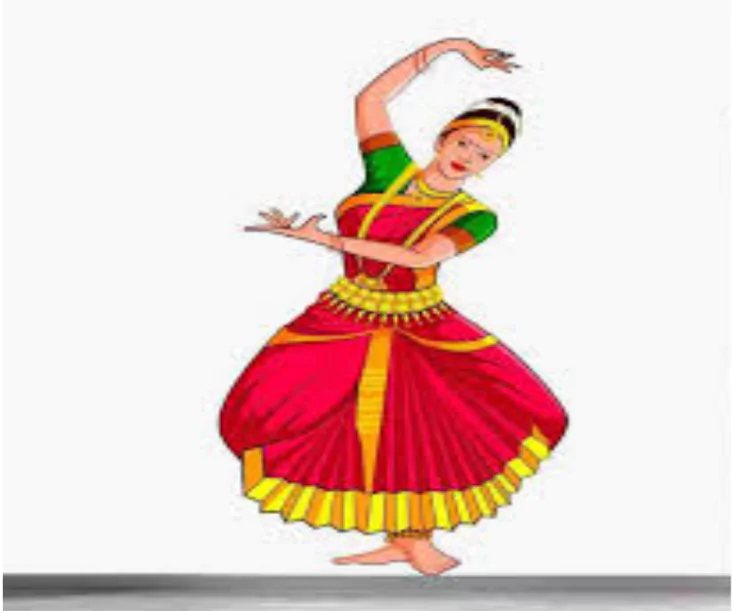Introduction
Bharatanatyam, originating in Tamil Nadu, is one of India’s oldest classical dance forms. It combines intricate footwork, expressive gestures, and storytelling, rooted in Hindu mythology, and is characterized by its dynamic movements and elaborate costumes.
Classical Dance

- As per Sangeet Natak Academy, there are 8 classical dance forms in India. However, Ministry of Culture has identified 9 classical dance forms, including Chhau dance of Eastern India.
- These 8 classical dance forms are-
- Bharatanatyam, from Tamil Nadu.
- Kathak, from Uttar Pradesh.
- Kathakali, from Kerala.
- Kuchipudi, from Andhra Pradesh.
- Manipuri, from Manipur.
- Mohiniyattam, from Kerala.
- Odissi, from Odisha.
- Sattriya, from Assam.

About Bharatanatyam
- Origin: In the early 19th century, the Tanjore Quartette (Ponnayya, Chinnayya, Sivananda, Vadivelu), supported by Raja Serfoji, shaped the contemporary Bharatnatyam repertoire.
- Thus, it is also known as Tanjore Natyam.
- It is a solo dance where the dancer expresses the Sahitya through movement and mime.
- It is also performed in Ekaharya style, where one dancer performs multiple roles in a single performance.
| Legacy of Devadasis: Devadasis, girls gifted to temples and married to deities, performed Bharatnatyam with offerings in temple courtyards. |
Enroll now for UPSC Online Course
- Performance structure: Bharatnatyam performances follow a structured pattern as follows:
- The performance begins with an invocation to the Gods.
- Alarippu (To Adorn With Flowers): It is the first item in the performance which blends pure dance with the recitation of sound syllables.
- Jatiswaram: It is a short, pure dance piece set to Carnatic music’s raga.
- It lacks sahitya (words) and consists of adavus, which are pure dance sequences (nritta).
- Shabdam: Follows the Jatiswaram, is the dramatic element expressed through words.
- Varnam: It is performed next, encompassing both nritta and nritya elements. The dancer executes complex rhythmic patterns at two speeds, demonstrating rhythmic mastery.
- Abhinaya: It is used to depict sahitya lines, showcasing the dancer’s abhinaya skills and the choreographer’s creativity.
- Common pieces include Keertanam (emphasises text), Kritis (emphasises music), Padams, and Javalis. Keertanam and Kritis have a devotional context, whereas Padams and Javalis revolve around themes of love.
- Tillana: It concludes the performance. It is a vibrant dance accompanied by a musical syllable with a few lines of Sahitya.
- The performance wraps up with a Mangalam, invoking divine blessings.
Features of Bharatanatyam
- Most of the movements in Bharatanatyam resemble a dancing flame.
- Thus, it is called a ‘fire dance’.
- Equal emphasis is given on the Tandava and Lasya aspects, with significant emphasis on ‘mudras’.
- One of the principal mudras is ‘KatakaMukha Hasta’ (three fingers are joined to symbolise ‘Om’).
- During performance, the knees are mostly bent, and the weight is equally distributed across the feet.
- The accompaniment includes a vocalist, mridangam player, violinist or veena player, flautist, and cymbal player.
- The Nattuvanar conducts the dance recitation, coordinating the performance.
- In Bharatanatyam, Arangetram refers to the debut performance of a dancer, marking the completion of their training and the beginning of their career as a professional dancer.
|
- Famous Proponents Of Bharatanatyam: Yamini Krishnamurthy, Lakshmi Viswanathan, Padma Subramaniam, Mrinalini Sarabhai, Mallika Sarabhai, Rukmini Devi Arundale etc.
Enroll now for UPSC Online Classes
Conclusion
- Bharatanatyam continues to enchant audiences with its blend of spirituality, artistry, and tradition. Its preservation and evolution serve as a testament to the enduring cultural legacy of Tamil Nadu and India as a whole.
![]() April 12, 2024
April 12, 2024
![]() 3023
3023
![]() 0
0

